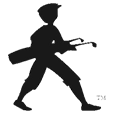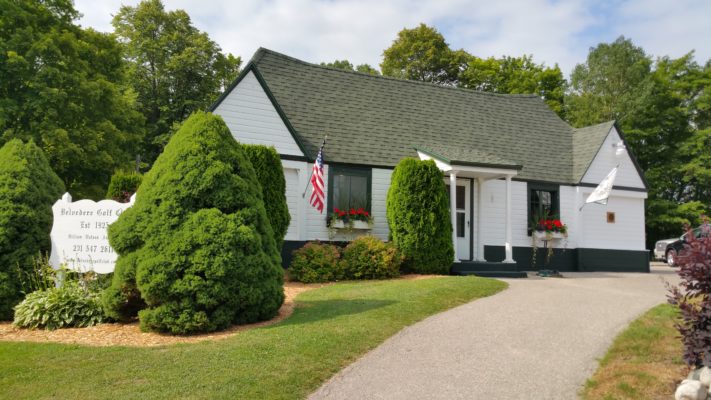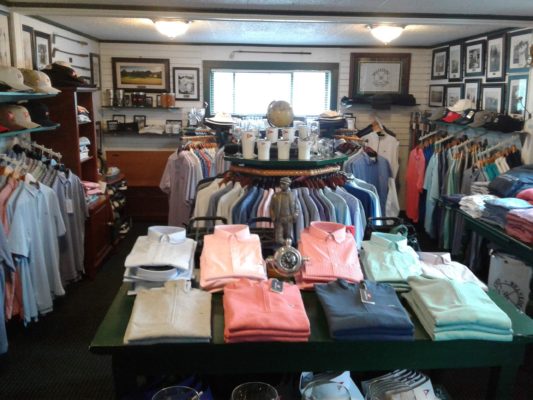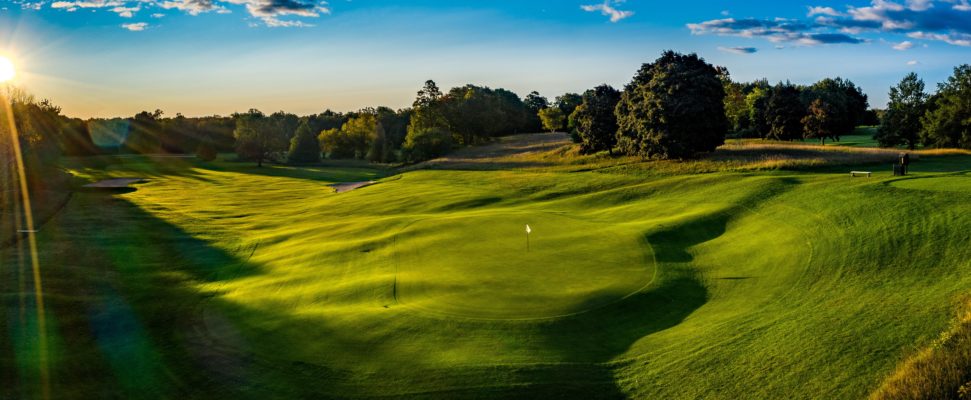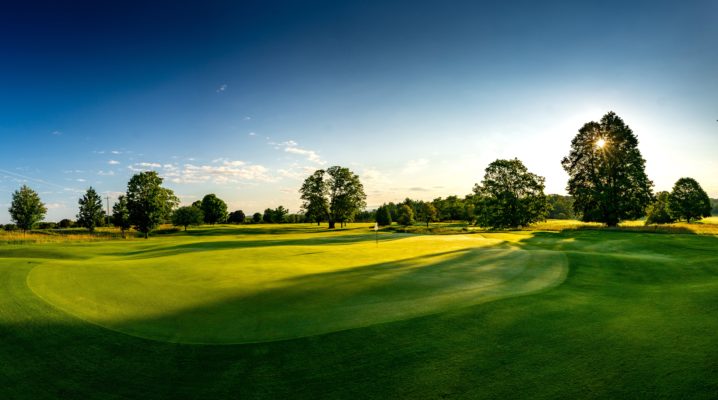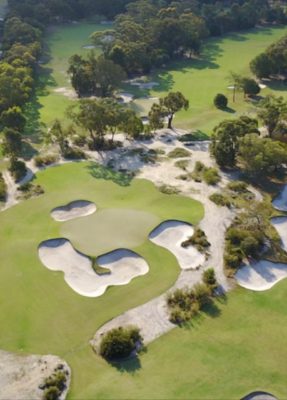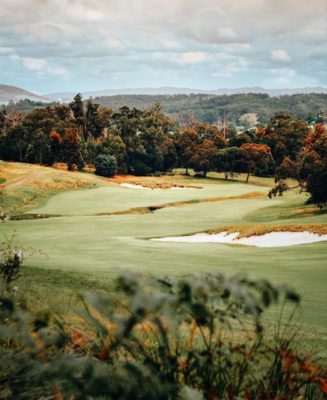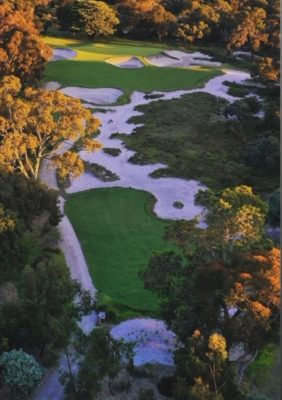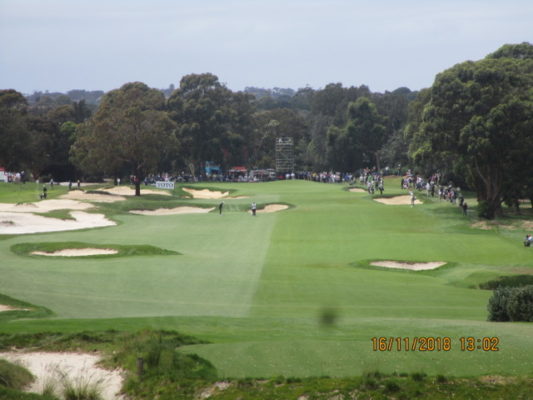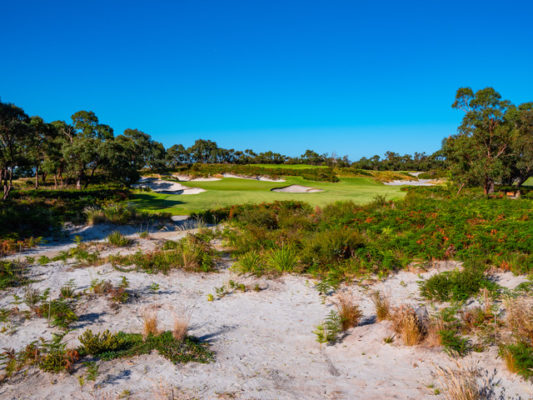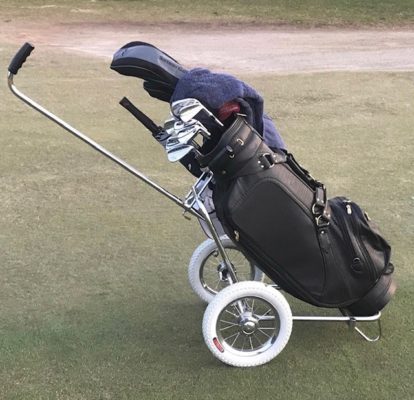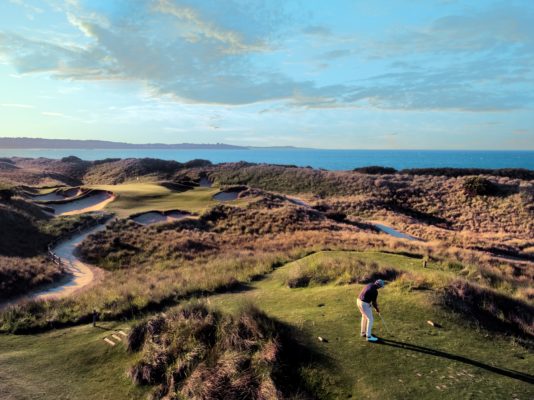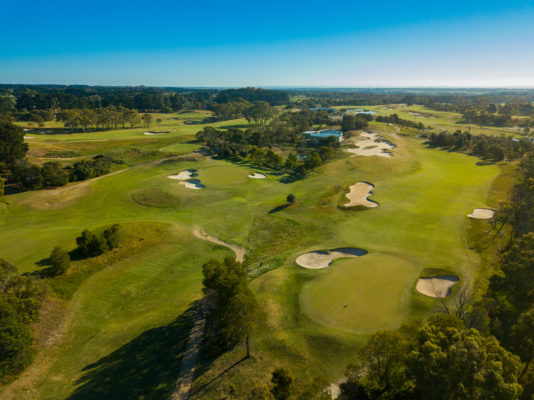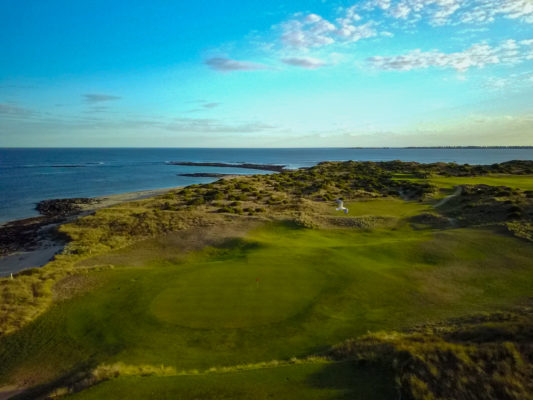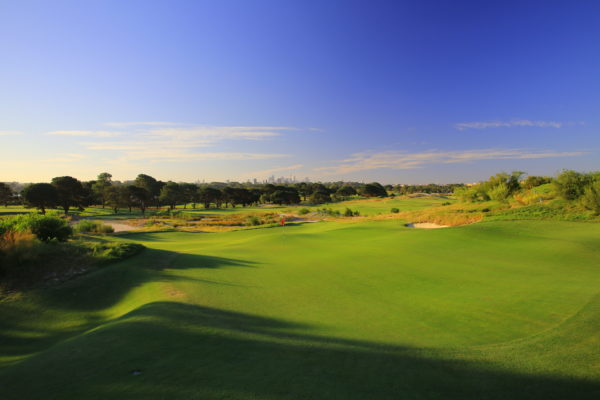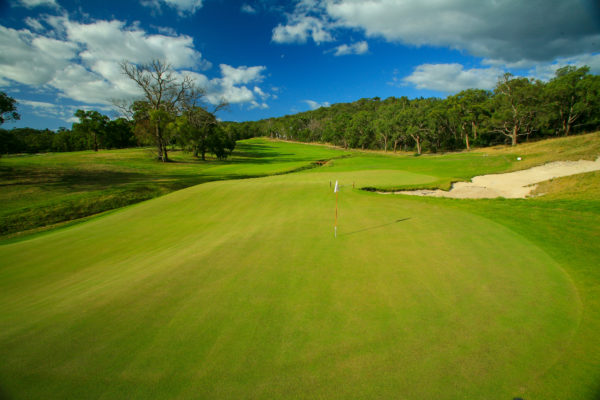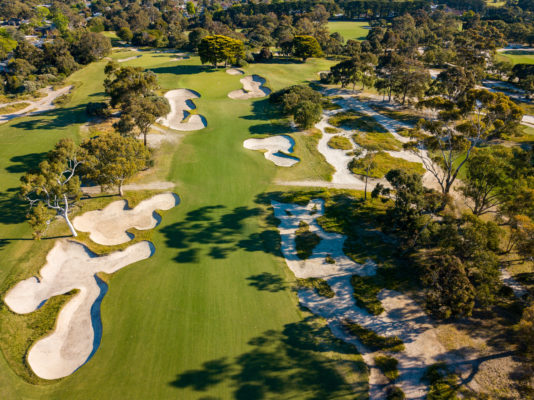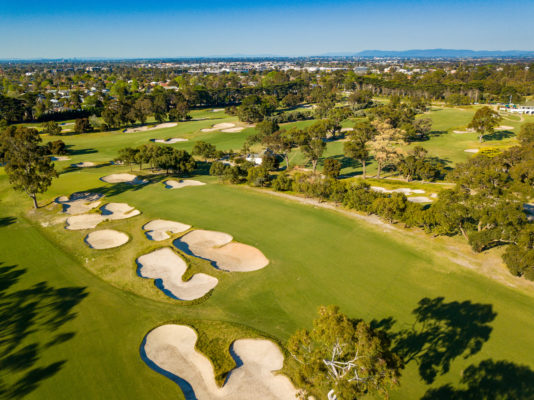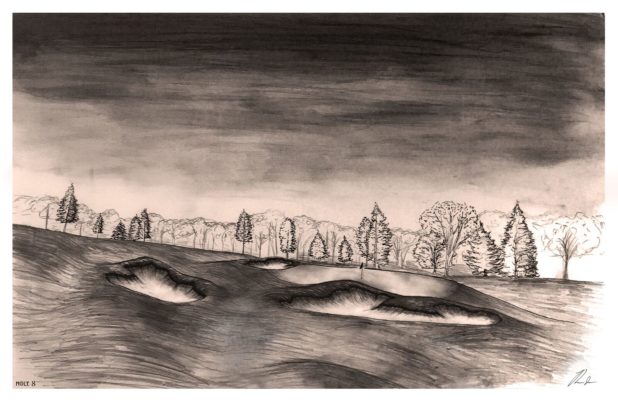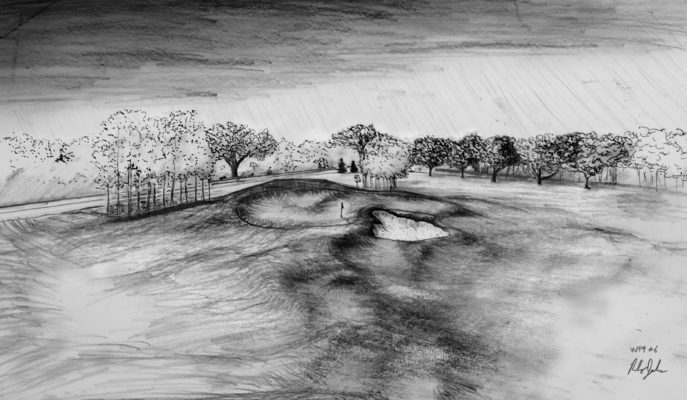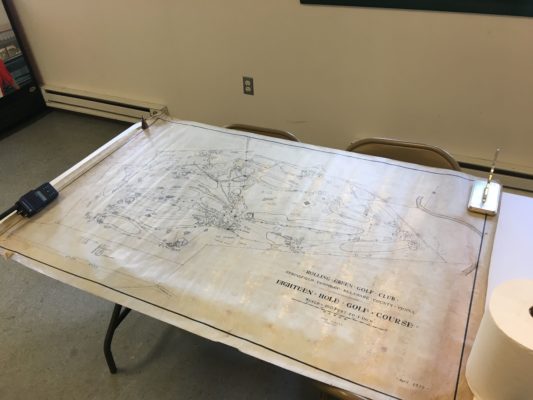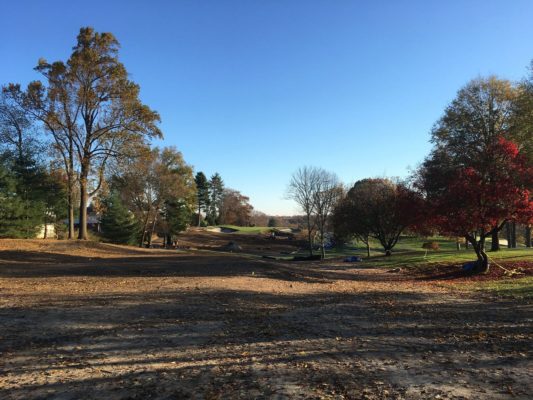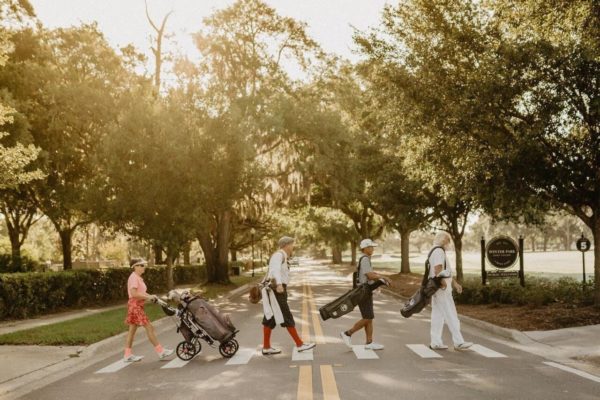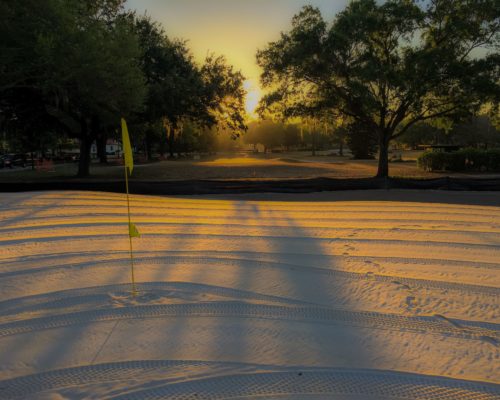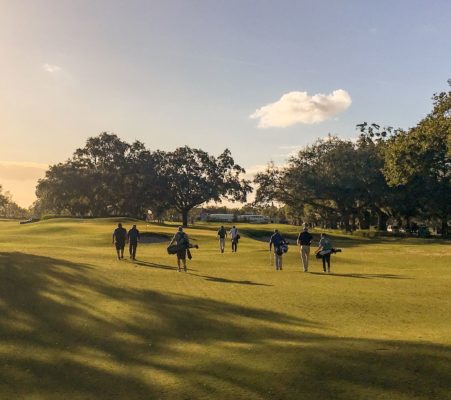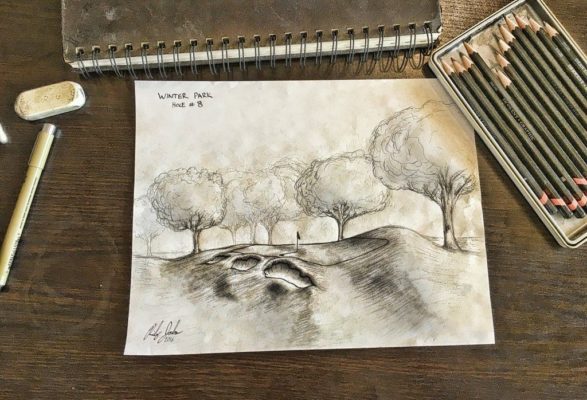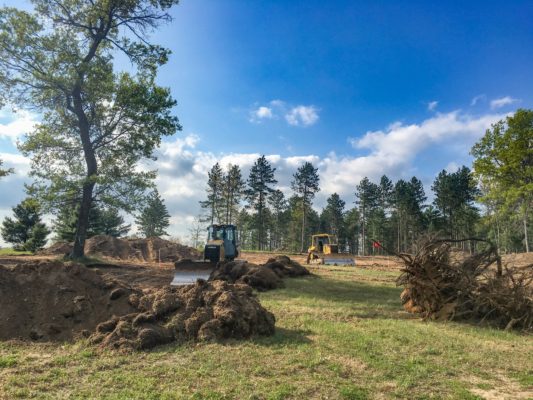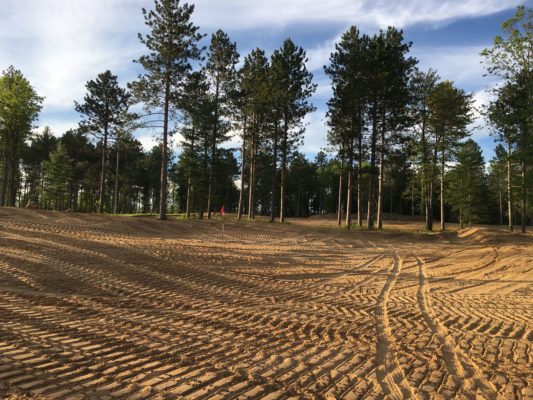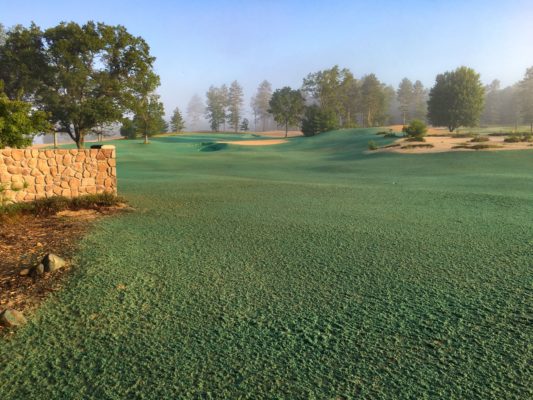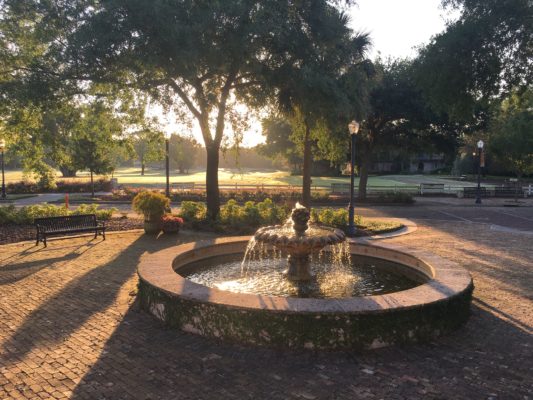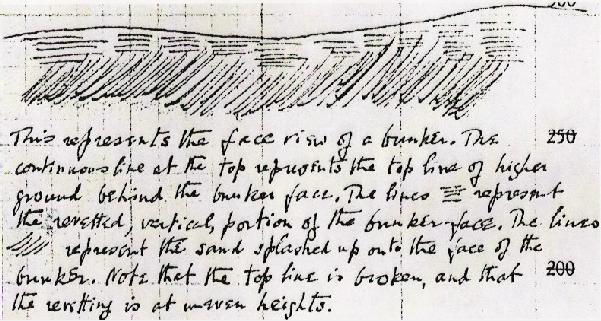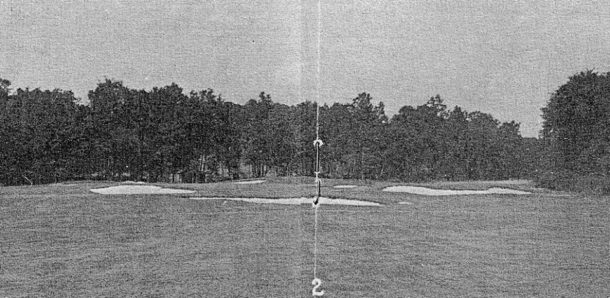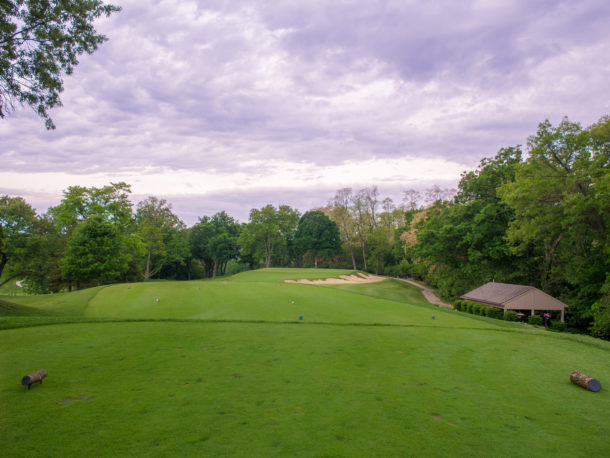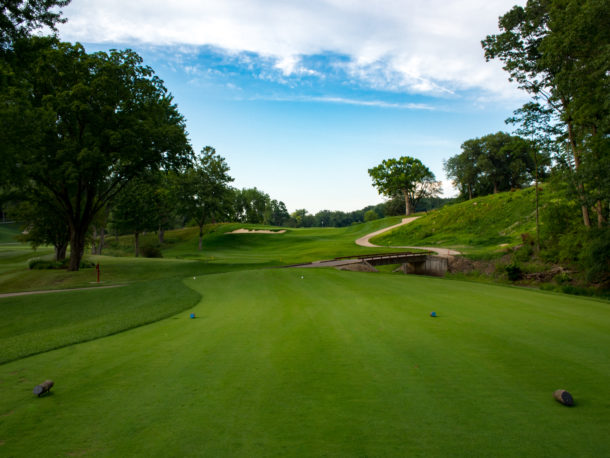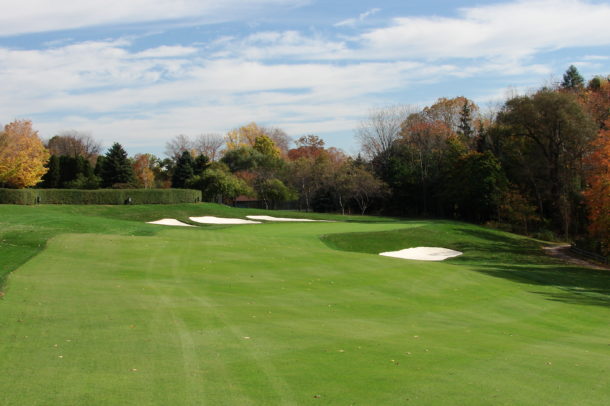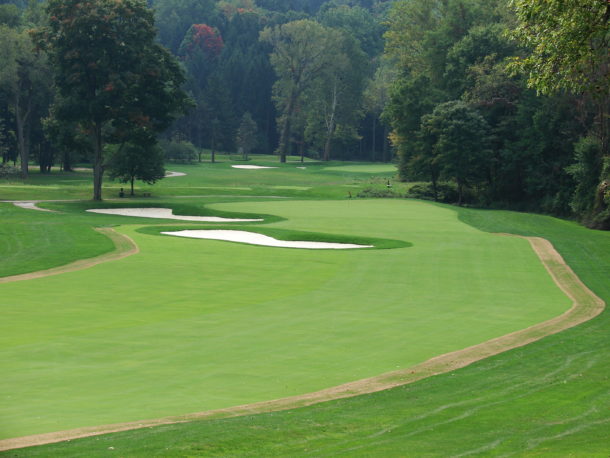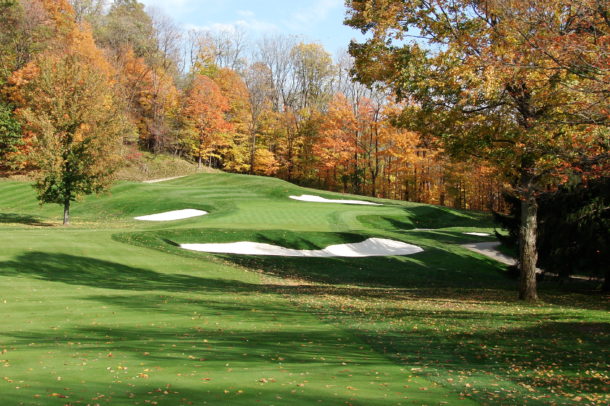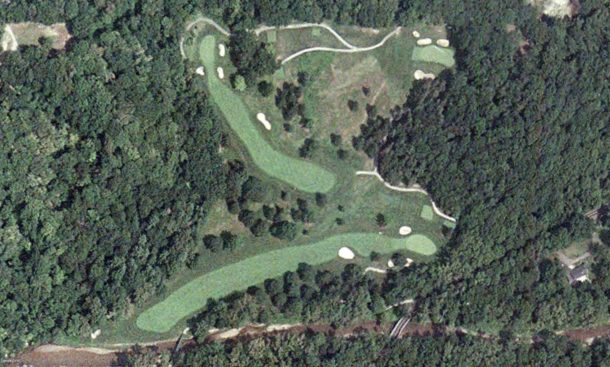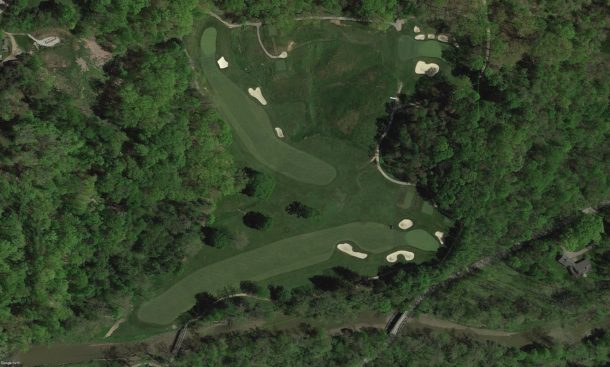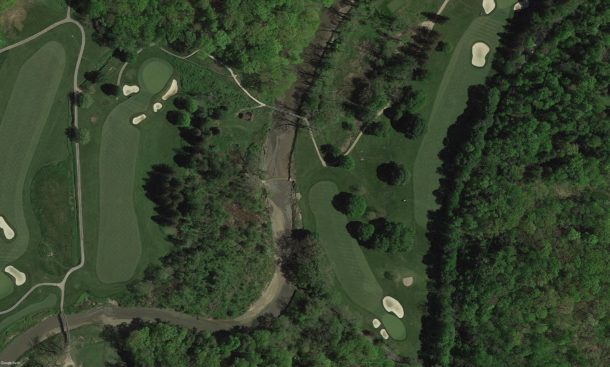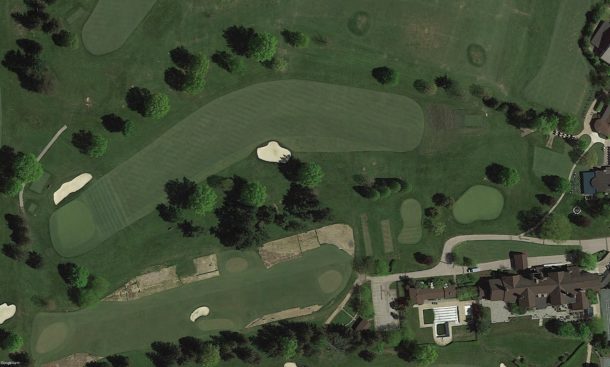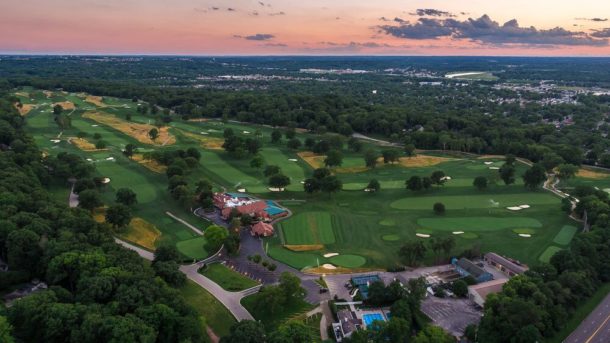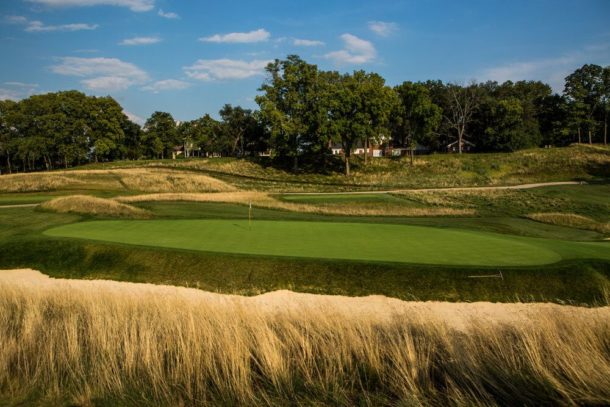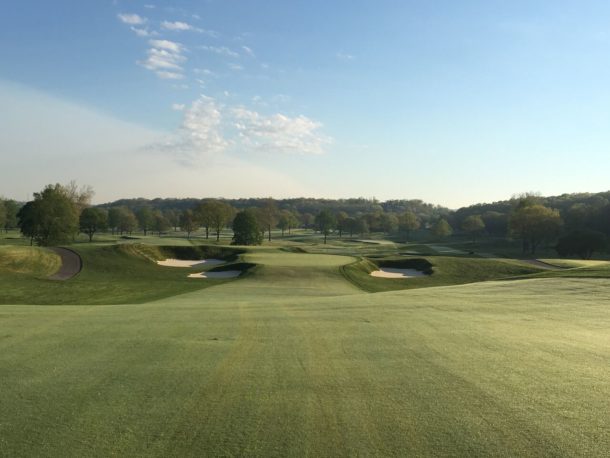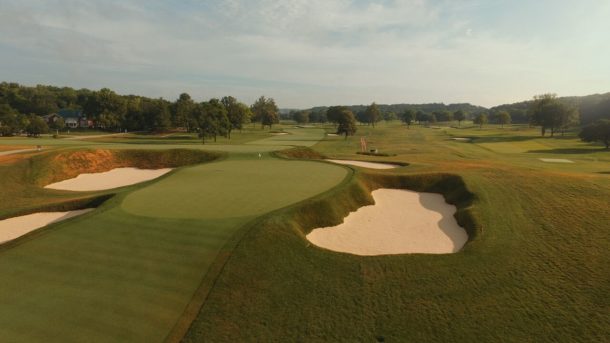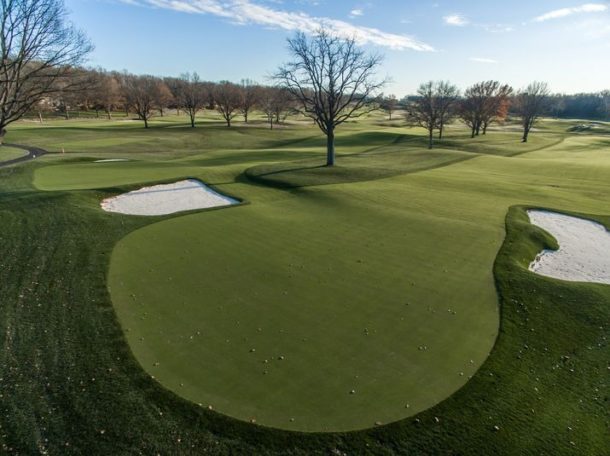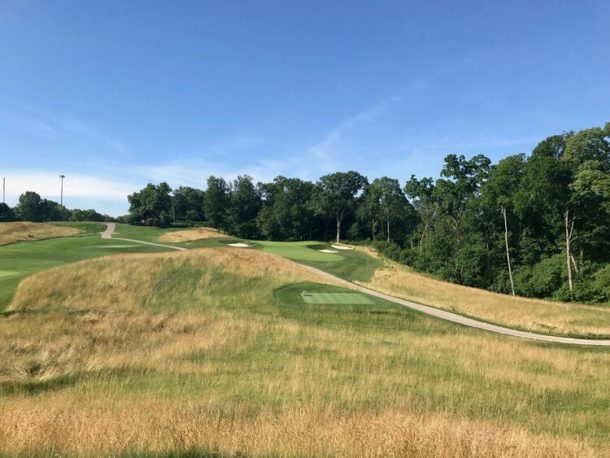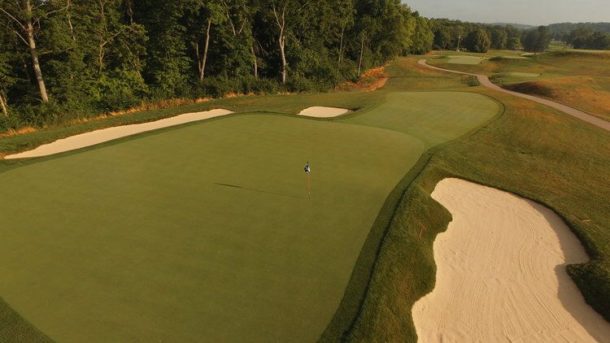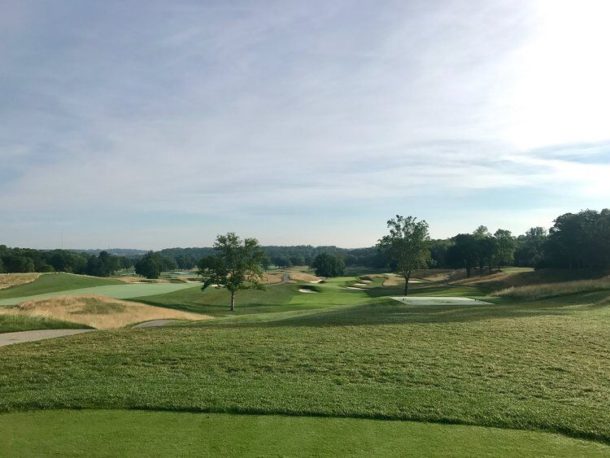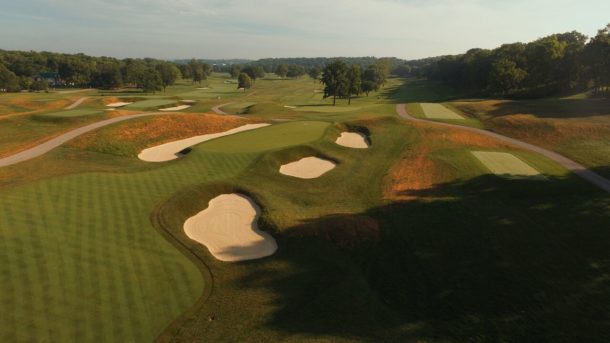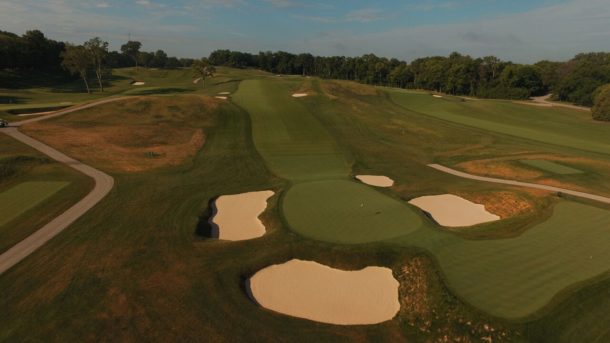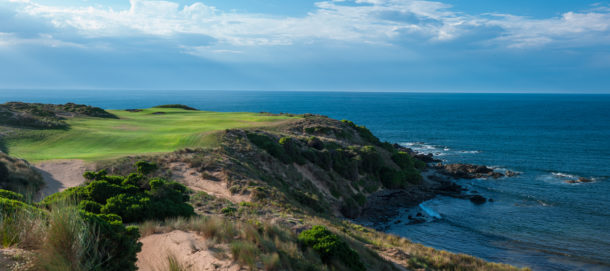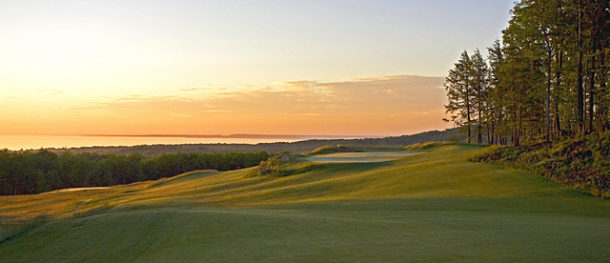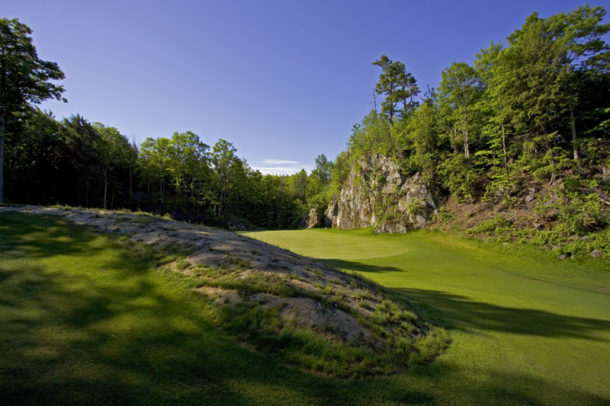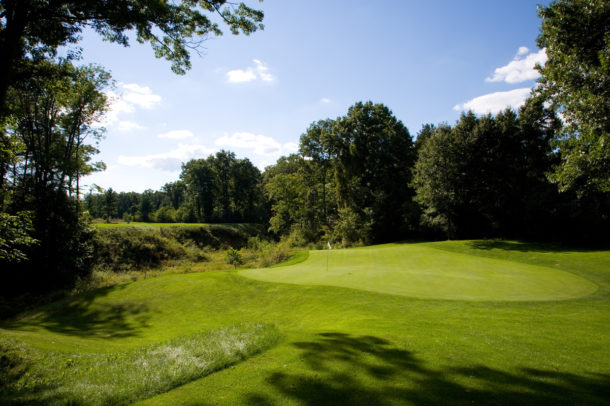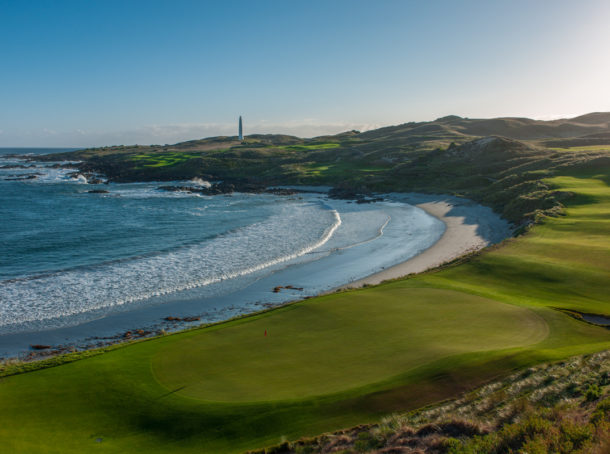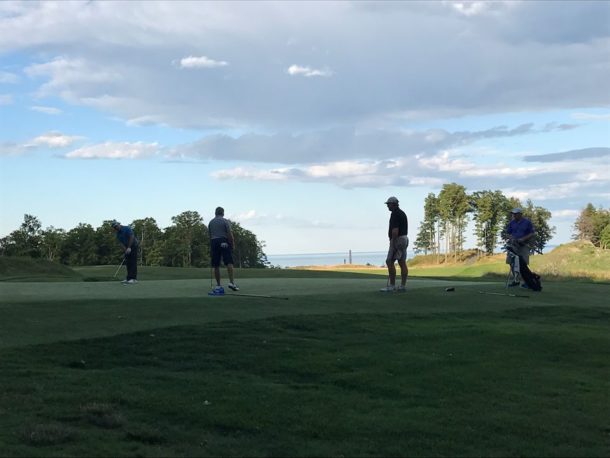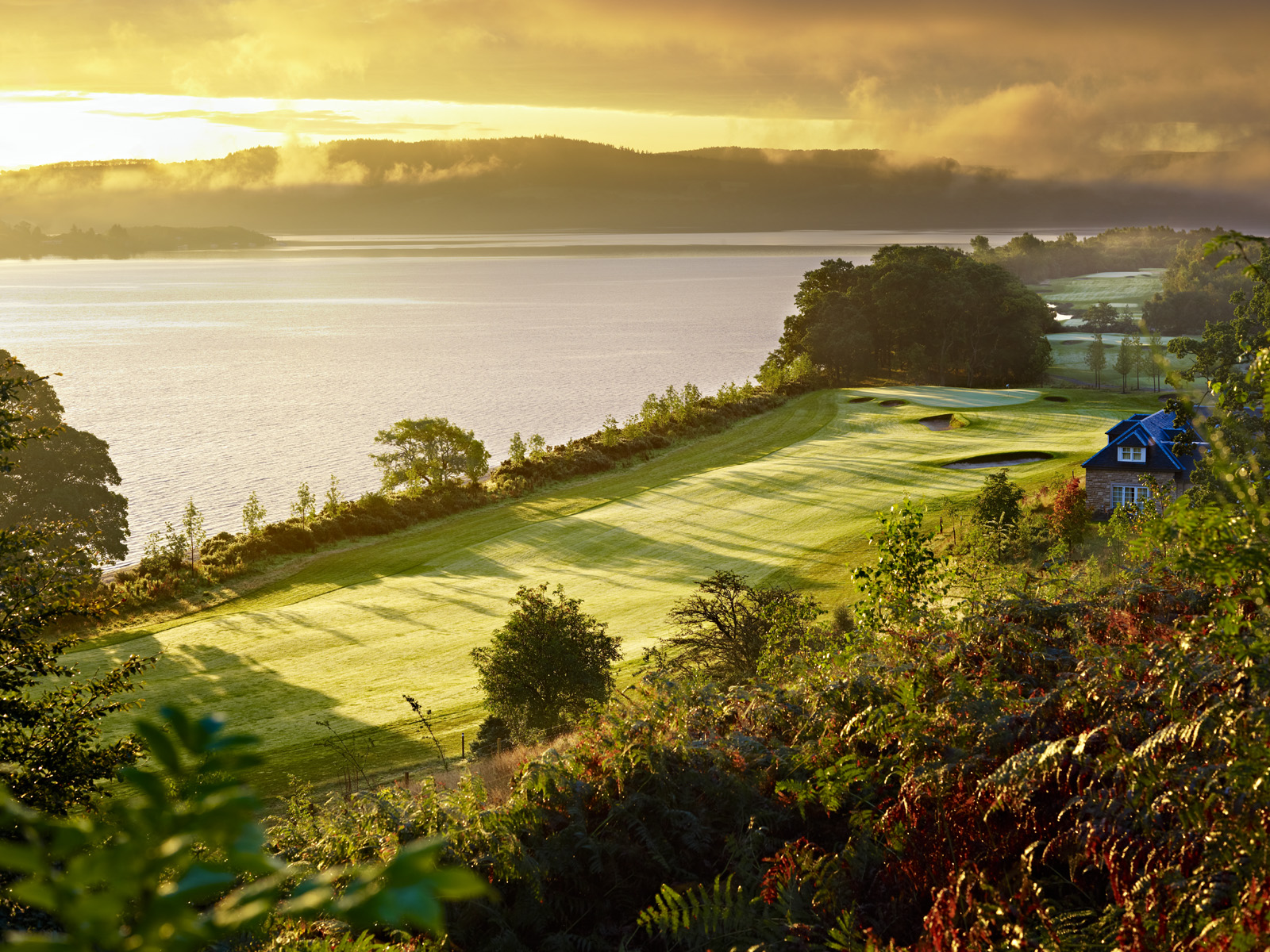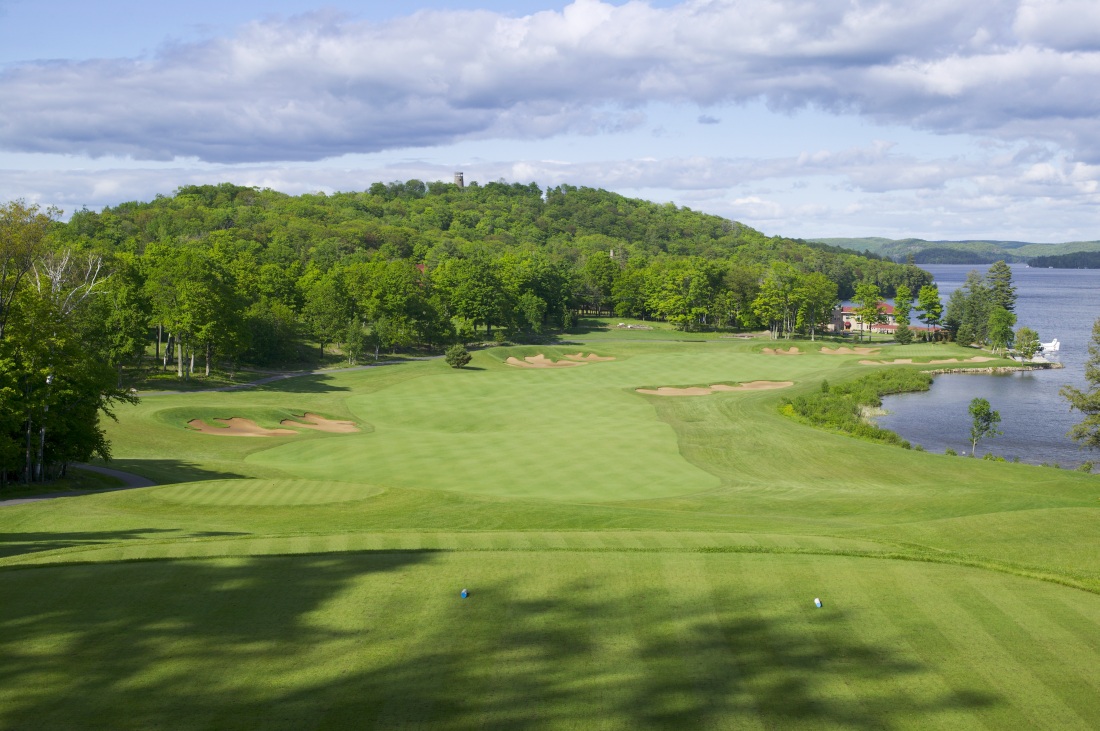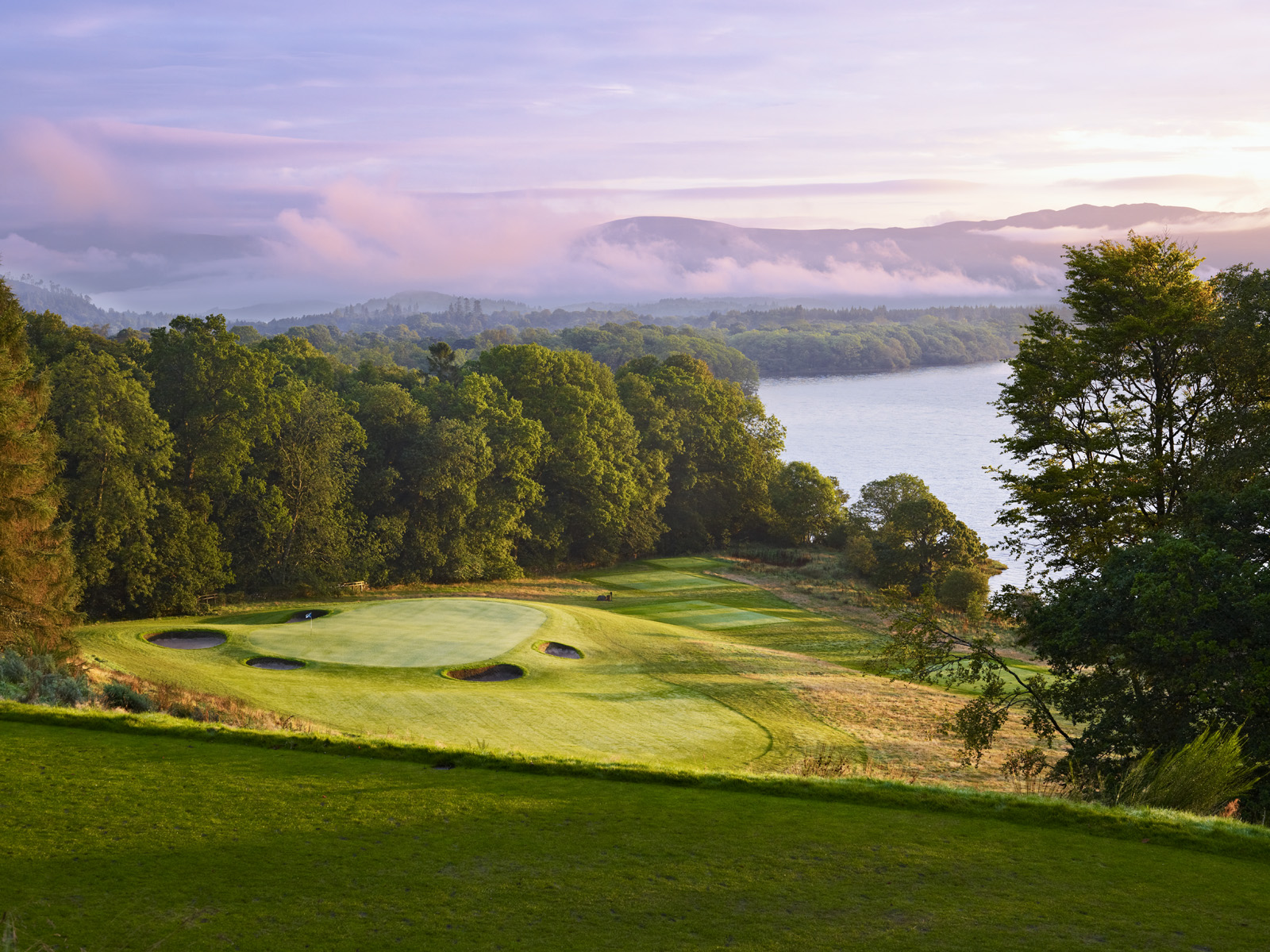Tom Coyne has achieved a great deal of success as a young author. His first novel, A Gentleman’s Game was adapted into a film. Tom’s second book, Paper Tiger and his recent work A Course Called Ireland chronicle his time living two very different golf dreams that many people would covet.
Tom has a knack for doing what others only talk about, and then telling them from personal experience what it would be like. His books are brilliant stuff.
Tom’s writing style is engaging and entertaining. As an avid walking golfer and reader, I can honestly say that Paper Tiger and A Course Called Ireland were both polished off in no more than an evening or two, and I will certainly be reading both again.
Paper Tiger chronicles Tom’s experiences over the course of a year in which he totally and utterly dedicates himself to the game with the hope of qualifying for the PGA Tour. Tom moves to Florida, hires a swing coach and a psychologist and plays many competitive tournaments, while entertaining and educating the reader every step of the way.
A Course Called Ireland is about a four month long walk that Tom decided to make around the coast of Ireland while playing every golf course along the way. Tom’s experiences in Ireland are enlightening on many levels. The book explores Irish culture, Irish weather, the logistics of walking around a country where cattle dictated where and how most of the roads were built, the allure of links golf, the relative purity of the game in Ireland, and the power of the human spirit in difficult times.
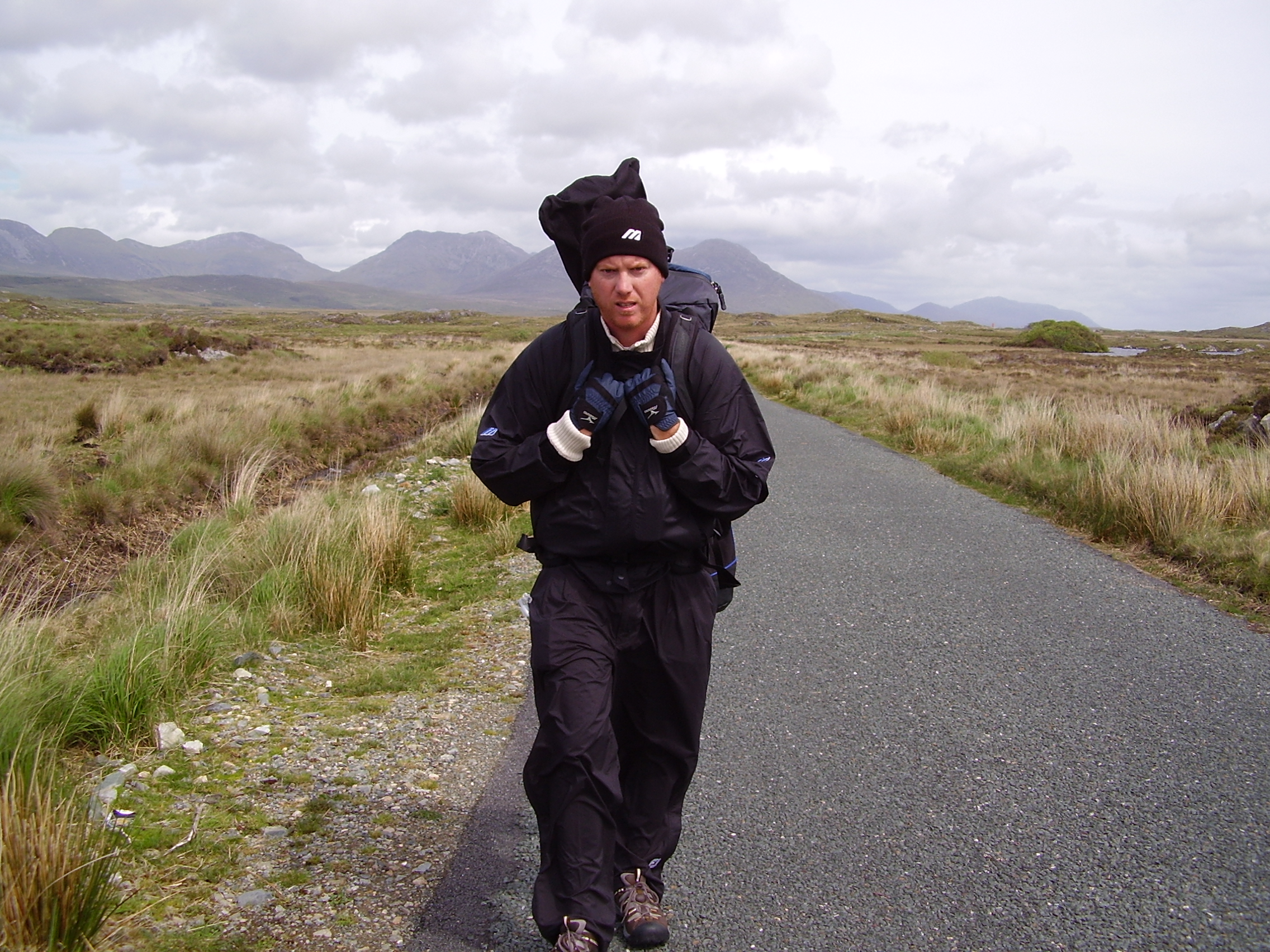
Tom Coyne on the Bog Road. Photo courtesy of Tom Coyne.
Tom Coyne was kind enough to answer a series of questions that were provided to him by Society member Pat Craig and I. His responses are interesting and insightful, just like his books.
We are very grateful to Tom for taking the time to answer questions for TheWalkingGolfer.com and wish him the best of luck in his future endeavors.
For more information on Tom Coyne and to purchase his books, please visit www.TomCoyne.com .
TWG – “Paper Tiger” and “A Course Called Ireland” are very different books, but dream adventures for many golfers. Which was harder to explain to friends and colleagues – That you were planning on trying out for the PGA Tour or that you were going to walk the entire coast of Ireland while playing each course along the way?
TC – Each idea sparked very different reactions from people.
With Paper Tiger, when I told people what I intended to do, how I was going to live my life for a year (playing golf every day, all day, with a coach, shrink, trainer, sponsor, etc.), I was usually met with predictable surprise, but also with a bit of envy, I think. Every golf dreams that year for themselves, it’s something we’ve all told ourselves we’re going to do some day, and when you encounter someone who is actually doing it, it’s funny, I got a lot of,” Damn, I should be the guy doing that” from people. Especially from better players, there seemed this feeling of, “Who do you think you are? Why the hell aren’t I out there?” So it was kind of interesting.
The reaction to A Course Called Ireland, when I told people that I was going to walk around Ireland with golf clubs on my back — people just kind of seemed confused by the whole thing. It was either a confused, “Why the hell would you do that?” Or a, “Can I please come with you?” There was actually a good deal of the latter. Anyone with interest in Ireland, or Guinness, seemed to get the idea right away.
TWG – If given “unlimited” time do you think you could have made it through Q-School and got your Tour Card?
TC – Probably not. Though I’d be up for trying. I think there are golfers who are comfortable in their tournament skin, and there are golfers who are comfortable in their ten dollar nassau, winner buys the first round skin. I became convinced that I am a golfer of the latter variety. With more time and more tournaments under my belt, I could have gotten more comfortable on that first tee, or more focused in the middle of a four day tournament, but I think in my golfing heart of hearts, I just have too much damn respect for par.
These kids go out and destroy a golf course, they just pile on birdies. I’d get to four under and freak out, make a nine on the next hole (really, I did that once). I could play, but could I ever really believed I was a player? I don’t know. Time wouldn’t have made a difference. When you go into this kind of experience as writer first, golfer second, you’ll always feel like somewhat of an imposter, no matter how you’ve whittled down your handicap.
TWG – Based on your experience, how much of a pro golfer’s greatness is talent and how much is hard work?
TC – Everyone seems to be working their asses off now, so it has to be the talent that’s making the cut. Everyone has the coach, shrink, everyone hits the weight room, everyone beats balls until their hands bleed.
I played with some great young players who you just knew weren’t going to escape from the mini tours–sure, they could shoot 69 in the sun on a Florida course, but that puts them in the company of thousands. The real players I encountered just had that different aura about them, and if that’s talent or arrogance, I don’t know. But some guys just looked like they didn’t even see you. They were clinical in the way they practiced, played, picked a golf course apart. They seemed to own their game in a way that always impressed me. And I suppose you only get to that point with genuine talent — you can’t fake the look in some of these players’ eyes, how it sort of made you want to step off the course and let them play through.
TWG – In Ireland, how did your game hold up after walking so many miles each day? Did you have to change your schedule to accommodate any of the rounds due to fatigue or injury?
TC – Exhaustion definitely impacted some rounds. I dragged myself around Doonbeg, and I was literally dizzy tired in Donegal. But when I had some rest, and after I had walked myself into top shape, my game definitely improved in Ireland — playing a links course in the elements with eight clubs in your bag forces you to be creative. My touch definitely improved, as did my golf imagination. I’m probably more comfortable trying to run in an eight iron from 120 than step on a gap wedge now, and I like that about my game.
I didn’t have to make changes for injury or fatigue, but some of my guests along the way quit some rounds early — my brother in law’s achilles just about exploded one day on the road to Greencastle, so he was off the golf circuit for a few days.
TWG – Having spent so much time on the roads of Ireland, stories must have accumulated quickly. Are there any that didn’t make “A Course Called Ireland” that you would like to share?
TC – I have journals stuffed with stories that didn’t make the book.
Here’s one — on the first night, sitting in the beachside town of Kilkee, we were enjoying some pints after golf at an outside table perched above the ocean. Sun was setting, it was absolutely fantastic. A local comes by, looks out at the waves and says, “Hey, look, there’s a whale out there!” And sure enough, out in the calm water, we saw the water breaking over what looked like the back of surfacing whale. We all got excited, got up, took pictures, the locals came out of the pub and pointed along with us. We eventually figured out that there was a rock out there in the ocean that did a pretty good whale imitation, and that everybody in the pub knew that except for us. But we laughed at ourselves just as much as they laughed at us. So I have some great pictures of a rock in Kilkee.
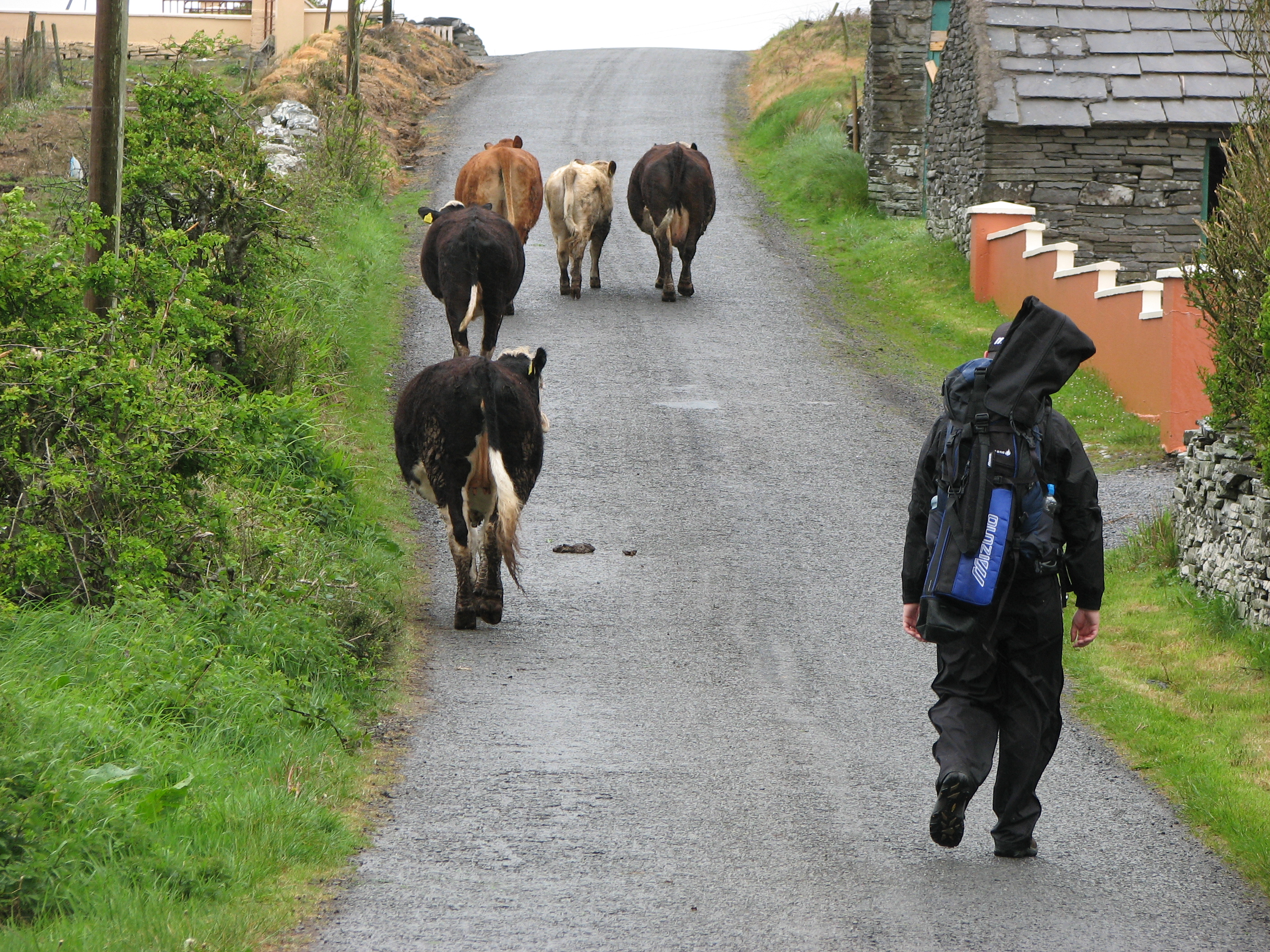
Tom battling traffic on the highways of Ireland. Photo courtesy of Tom Coyne.
TWG – Were you able to maintain the amazing fitness gains you achieved on your adventure in Ireland?
TC – Absolutely not. I have returned to a sedentary desk life of cheesesteaks and word count. I get winded when I walk my dog. I’m trying to get in shape, but I think it’s going to take the next book to make that happen — with both Paper Tiger and A Course Called Ireland, I was in the best shape of my life. So I need a book deal to get my cholesterol back down.
TWG – Which Irish courses did you consider to be the best walks?
TC – There isn’t a bad one on the island, but Carne, Connemara, maybe Ceann Sibeal stand out to me because of their remoteness, their uncrowded, unspoiled feel.
A great walking round of golf has that sensation of discovery to it, that feeling like you’re the only person who knows about a special place, or who has tred this way, and you get that on these lesser played links.
For spectacular, Old Head is a pretty great walk, and the only walk where you might find yourself having to sit down and clutch the earth — it’s not for those with a fear of heights. And Mulranny was a fun walk — the course shares space with horses, donkeys, and sheep, and I played along with all of them.
TWG – How did “the walk” contribute to your enjoyment of the links courses in Ireland?
TC – When you golf in Ireland, you walk — no carts — so the walking is an integral part of the whole thing. And as with any round of golf, but particularly in Ireland, doing it on the hoof allows you to take in the course, and the country, at the ideal pace. You have enough time to soak in surroundings and smells, the feel of the seaside grasses under your feet.
And by walking all the way — doing the miles between the courses on foot as well — I was able to take Ireland at a pace that most travelers don’t get to experience. I had to stop in places where people don’t stop, I had to stay or eat or spend a night in a place where the tourist busses just passed by. So taking Ireland by foot guaranteed that I’d have an experience unlike what others had enjoyed or written about. And that would make the book better, which I hope that it has.
TWG – Do you believe walking to be the preferred way to experience and enjoy a golf course? Or does it depend on the course and the location?
TC – It certainly depends. My vote is usually for walking, but in Ireland, it’s an absolute must. Something about a golf cart on a links course, it just looks profane.
But there are so many new courses being built over here that really can’t be walked — modern layouts seem to have zero concern for the ambulatory golfer, and that’s a shame, and probably why I so much prefer the old turn of the century courses that we’re lucky enough to have in abundance in Philadelphia. When I was in Florida for Paper Tiger, it could be a ten minute drive through three neighborhoods of villas to find the next tee box. I’ll take the cart in that situation. And if I’m playing a goof off scramble or Monday outing where the cart may or may not be loaded down with a twelve pack of swing oil, I’ll take the cart then, too.
TWG – Is there anything we can learn from the Irish in terms of getting our children interested in golf from a young age?
TC – We can learn loads from European golf in terms of growing the game with kids. I could do a thesis on this, but I’ll sum up what they have, and we could use:
– More nine holers (Ireland is full of them, and they’re real golf courses, not pitch and putts, and a great place for kids to learn the game cheaply)
– More community courses (golf in Ireland isn’t burdened by exclusivity the way golf over here is — if there’s a course in town, it’s the town’s course, and the putting green is likely crowded with young golfers)
– Very reasonable junior and family memberships
– Tee boxes open to kids during the day while mom and dad’s at work
And overall, a less fussy, stuffy approach to the game — play in jeans, play in sneakers, who cares. What the Irish have over us in a lot of ways is perspective. Their country being a wee bit older than ours, and having gone through a load more crap, there’s a certain wisdom in a lot of the ways they look at things — and they’re wise enough to think, hey, it’s a game, let the kids play.
TWG – How did you evaluate each course before giving a recommendation in your book? Was there a specific criterion or was it just a matter of whether you enjoyed yourself or not?
TC – I’m not a student of course architecture or an authority on course design, and I’m pretty up front about that in the book. I ranked and rated the courses according to where we had the most fun. And that could be influenced by the weather, how I played, what kind of reception did we get in the pro shop, or in the lounge.
I listed the courses in the back according to which I would walk back to first, and that had much to do with the layout and quality of the links, certainly, but if I didn’t have a great day there, it didn’t make the list. I’m sure purists would be shocked to hear I left Royal County Down off my list, but the way that we played it, without course guide or caddy (we arrived before either were available), was absolute confusion. We bled golf balls that day. It makes everyone else’s top ten in the world list, but I recall two dozen rounds in Ireland more fondly. But I’m certainly willing to give it another shot.
TWG – If you had to play two courses in Ireland once a week for the rest of your life, which courses would you choose and why? And let’s say that you can drive from one to the other!
TC – Two? Very tough call… Carne, because I just love that place. And then it gets tough…Dooks…Ardglass…I’d want it to be something playable, doesn’t beat you up too badly, easily walkable, but without any boring holes or flat notes…I’d say Cruit Island, a nine-holer up in a corner of Donegal. I could go around it four times a day and not get bored, it’s just all fun, and you can get around it in about an hour.
TWG – Have you been to Bandon Dunes? If so, how would you compare the golfing experience there to your favorite links courses in Ireland?
TC – Haven’t been to Bandon, but I get a lot of emails asking me if I have, and a few open invitations from guys who make that pilgrimage. When I say in the book that we don’t have a single true links course in America, according to strictest definition, Bandon always comes up. I’m certainly not the arbiter of who gets the links distinction (it has to do with soil, vegetation, etc. — it has to be built on dunes, essentially, no turf), but the fact that we have zero, and Ireland, a country the size of Indiana, has 40% of the world’s supply–that’s really one of the notions that kicked this whole adventure off in the first place.
TWG – Do you see another golf book in your future or is it time to move on to something else?
TC – Tough to say, Three books, not sure how much more I have to say about golf. Perhaps more travel than sport, but I don’t know, it’s hard to get away from that golf ball, the stories keep working their way back to it…
TWG – Tom, thanks so much for your time and for answering our questions.
Interview questions provided to Tom Coyne by Patrick Craig and Rob Rigg.
For more information on Tom and his books please visit www.tomcoyne.com .
